There have been a couple of major paleontological discoveries recently that deal, not with fossils themselves but rather with locations where a large number of diverse kinds of fossils have been found. Locations where not just a single creature but an entire ecology can be studied.

One such site has been found in a deserted quarry in the Cotswolds region of Great Britain and which is now being excavated by paleontologists from the Museum of Natural History in London. The rocks at the site date to the Jurassic period some 167.1 million years ago. The exact location of the Cotswold fossil site has been kept secret so as to allow a team from the museum led by Dr. Tim Ewin to collect as many of the fossils as possible. Best of all the site was actually first located by a pair of amateur fossil hunters Neville and Sally Hollingworth who were invited to help the professionals with their work..

Judging by the type and condition of the fossils the quarry was once the floor of an ancient river delta, teeming with life that was suddenly buried in mud by some catastrophic event. The animals that lived there were buried quickly while still alive so the exquisitely preserved fossils represent a ‘snap-shot’ of life on the sea bed at a single moment of time. The enormous number of well preserved fossils will allow paleontologists to not only study the individual animals collected but the relationships between them as well, helping them to understand the ecology of the site 167.1 million years ago.

Most of the fossils found at the quarry come from a group of sea invertebrates called echinoderms, which includes starfish, sea urchins, sea cucumbers and sea lilies, also known as crinoids. Literally thousands of specimens have been collected, many still incased in rock but some of which have been weathered out of the rock leaving only a beautiful specimen to be studied. Unfortunately not many vertebrate fossils were found, a few skeletons of small fish and some crocodile teeth.
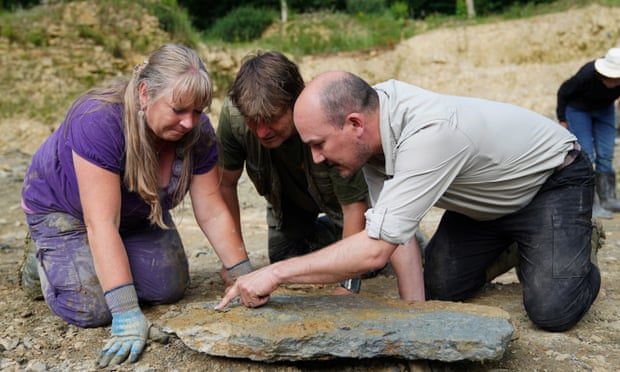
According to Dr. Ewin, “What we’re finding at this site are the most beautifully preserved fossil sea urchins, starfish, sea lilies and feathered stars that I have ever seen from Britain. It’s comparable to some of the best sea urchin and starfish sites in the world.”

So large are the number of specimens that just cleaning and preparing them could take years while identifying and cataloging the many different species, some of which could be entirely new, may take even longer. Paleontologists are patient scientists however, after all their specimens have been waiting 161 million years to be studied.
The Cotswold site represents a large part of a single ecological niche at a single moment in time. Most fossil locations are like that, one type of environment over a short period of time, bearing in mind that geologically thousands of years is a short period of time. Normally in order to see how living creatures change, how they evolve it is necessary to compare the specimens from a number of different sites.
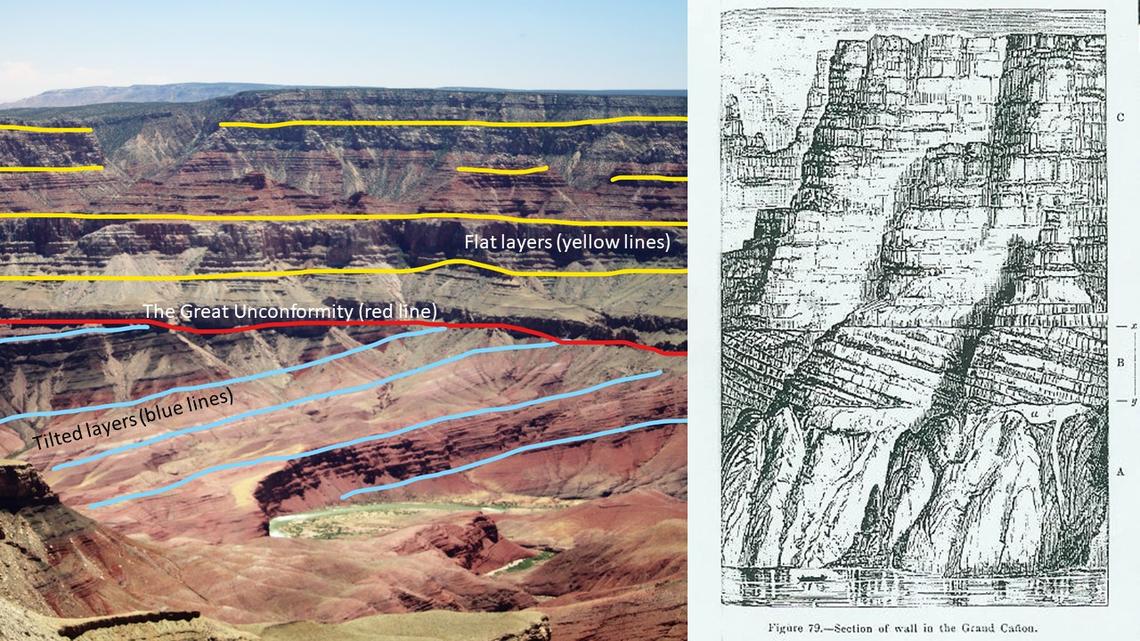
Some fossil sites however are so large that they expose layers of rock that were laid down over a longer period of time, millions of years in some cases. The Grand Canyon in the United States is an example of this where the erosion caused by the Colorado River has exposed hundreds of layers of rock spread over millions of years.
Now a “new” fossil location has been described that puts the Grand Canyon to shame. I say “new” because portions of the site have been studied before but the full extent of the site as one long exposure of rock is only now being described. The location is up in the Canadian Yukon Province along the Peel River just a few hundred kilometers south of the Arctic’s Beaufort Sea. Erosion by the river has exposed a continuous record of rocks dating from the Late Cambrian period to the late Devonian, a spread of about 120 million years, all along the same river.

Now not all of the rocks along the Peel River contain large numbers of fossils, some were either laid down in the deep ocean where few animals live or perhaps extremely salty conditions like the Dead Sea. Nevertheless there are a huge number of different points along the Peel River where fossils can be found, more than enough to keep paleontologists busy for decades.
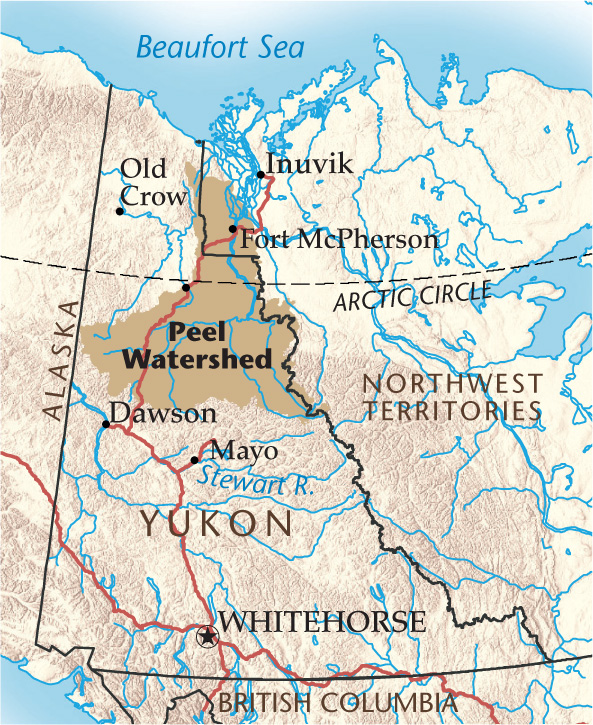
One discovery that has already been published based on samples from the Peel deals not with the kinds on living creatures there were back in the Paleozoic but rather the level of free oxygen in the atmosphere during that period. Scientists have known for decades that for most of Earth’s history there was little free oxygen in the air. Oxygen is a very reactive chemical, that’s why we use it to respirate. It’s only because of photosynthesis in plants continuously replenishing it that our atmosphere has so much oxygen in it. Something happened between 400-500 million years ago to greatly increase the oxygen levels.
Paleontologists have speculated that it was the evolution of land plants that spurred this increase. Plants on land meant more plants leading to more oxygen leading to more living things in general setting up a feedback mechanism that more than doubled the percentage of oxygen in the atmosphere. The problem with this theory was the timing, did the increase in oxygen occur at the same time as the fossil evidence for land plants.
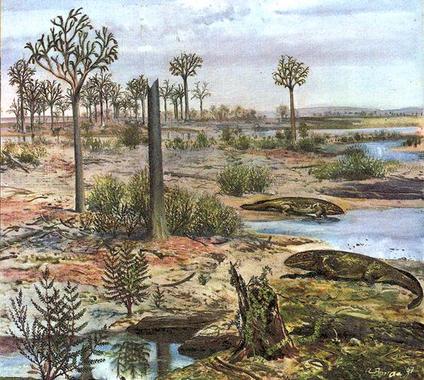
In a paper in the journal Science Advances by lead author Erik A. Sperling of Stanford University’s Department of Geological Sciences chemical samples from along the Peel River have been used to determine that oxygen levels remained low for a long period of the Paleozoic and did not reach more modern levels until the early Devonian, about 405 million years ago. This late increase in oxygen casts some doubt on the land plant hypothesis but other scientists still have to study the data and comment.
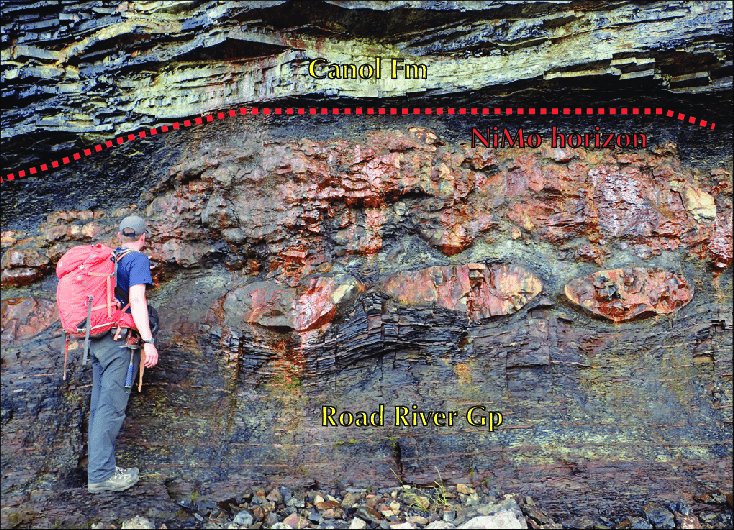
Having collected at more than seventy fossil sites I can tell you that they are special places. Knowing that you are in the presence of the remains of ancient life, that any rock you pick up could be a discovery waiting for someone to find it is a feeling unlike any other.
